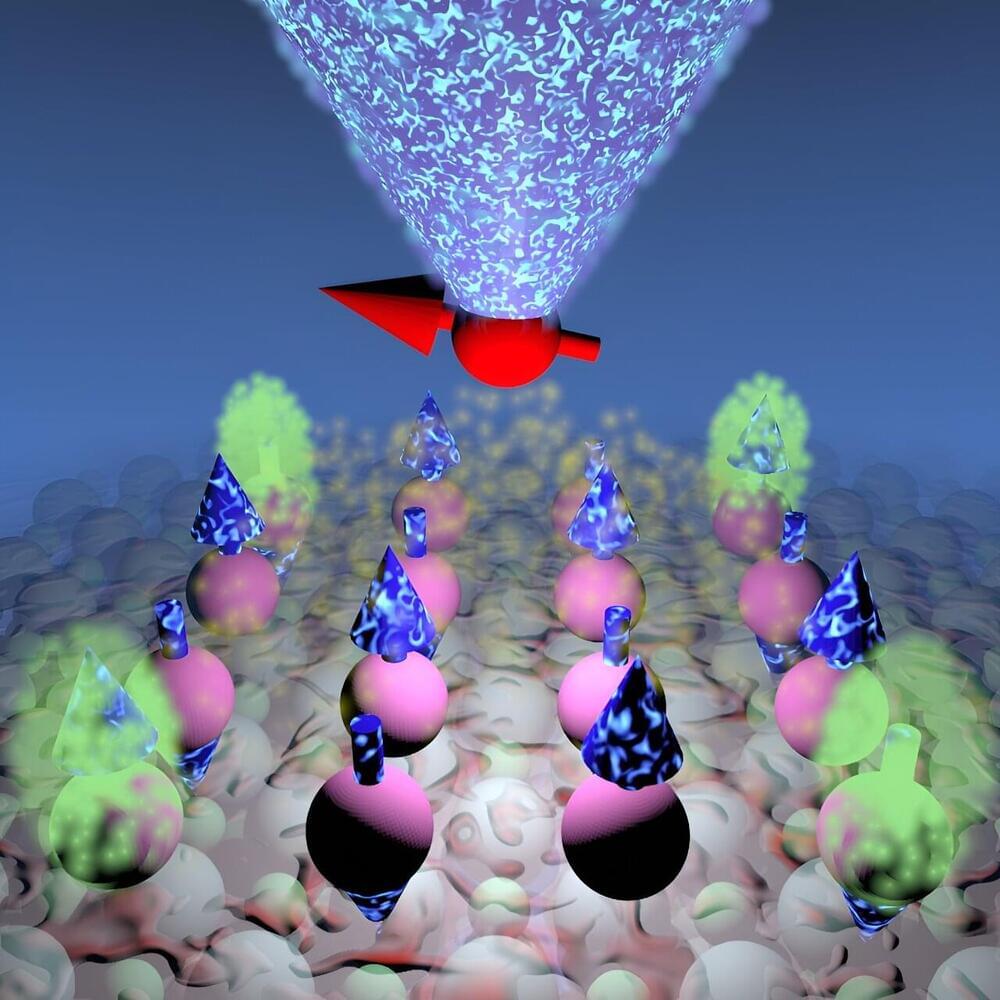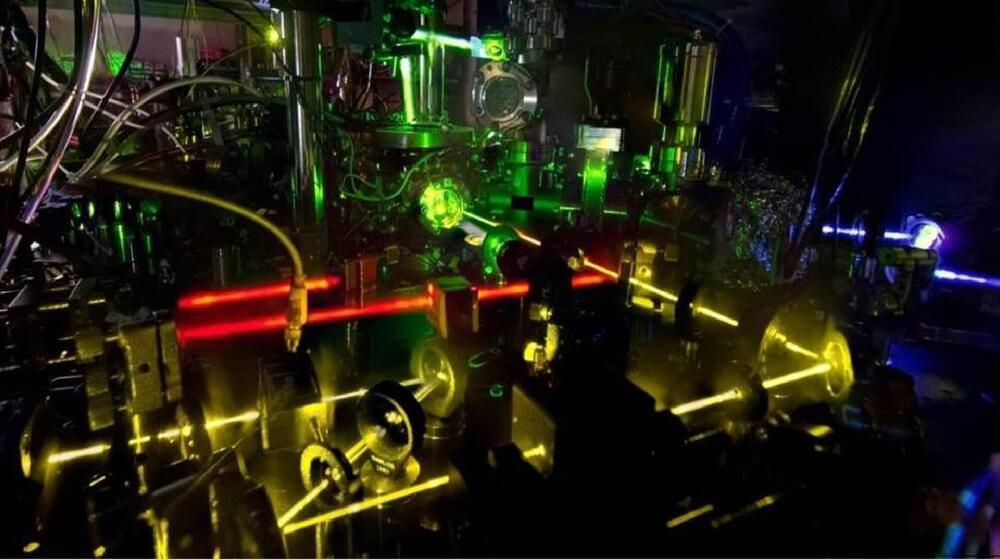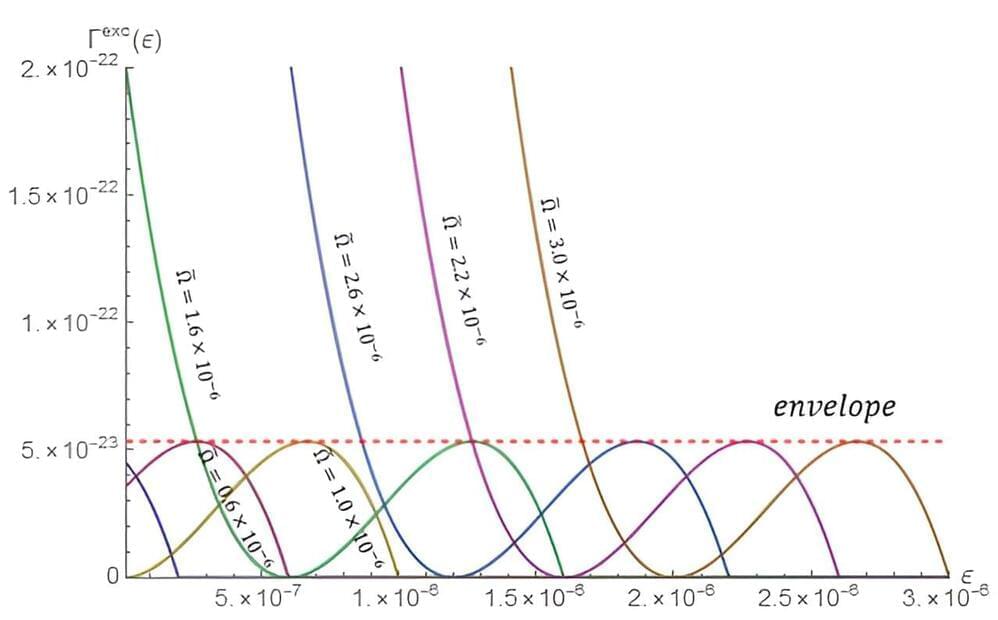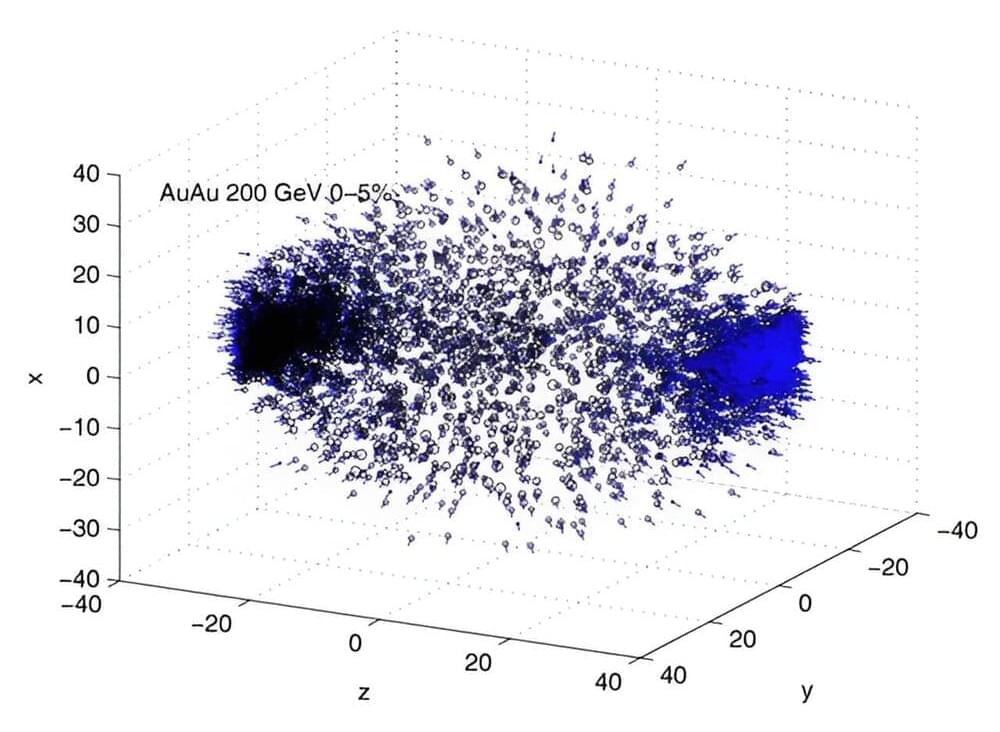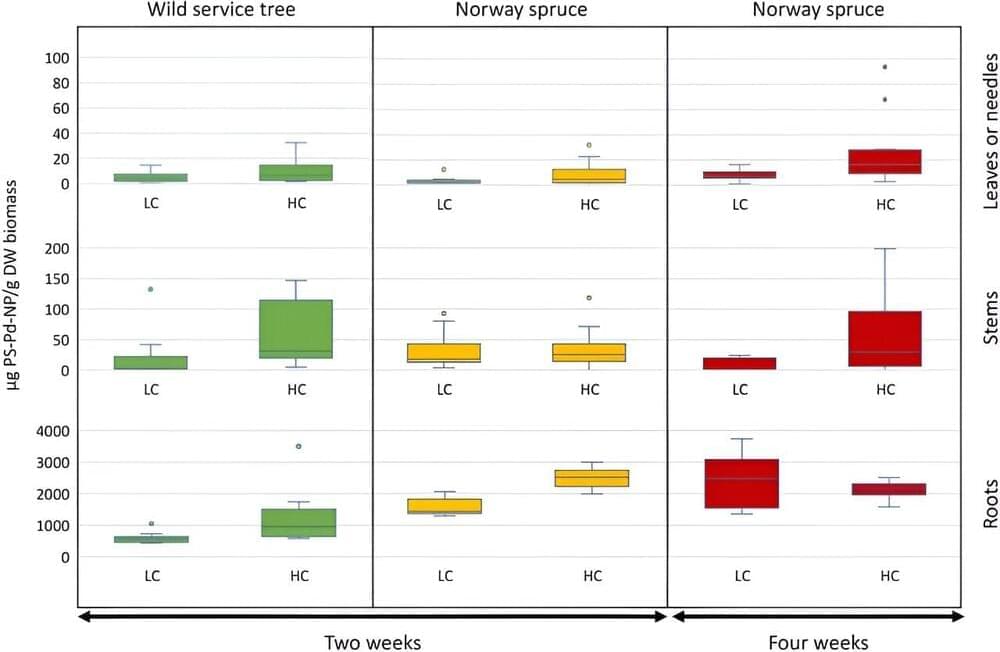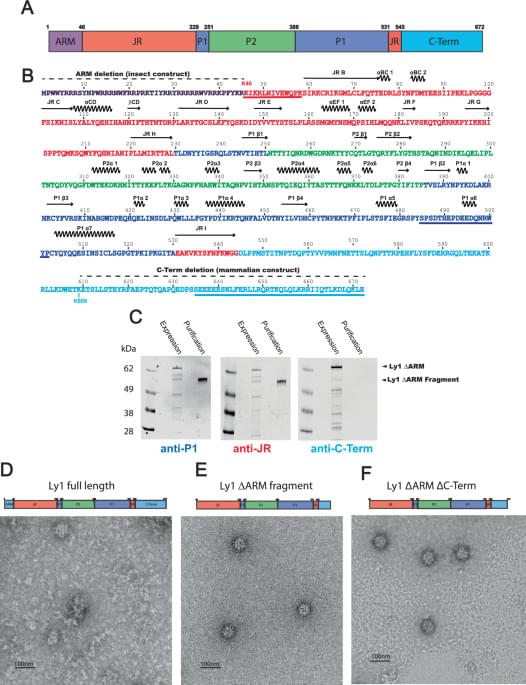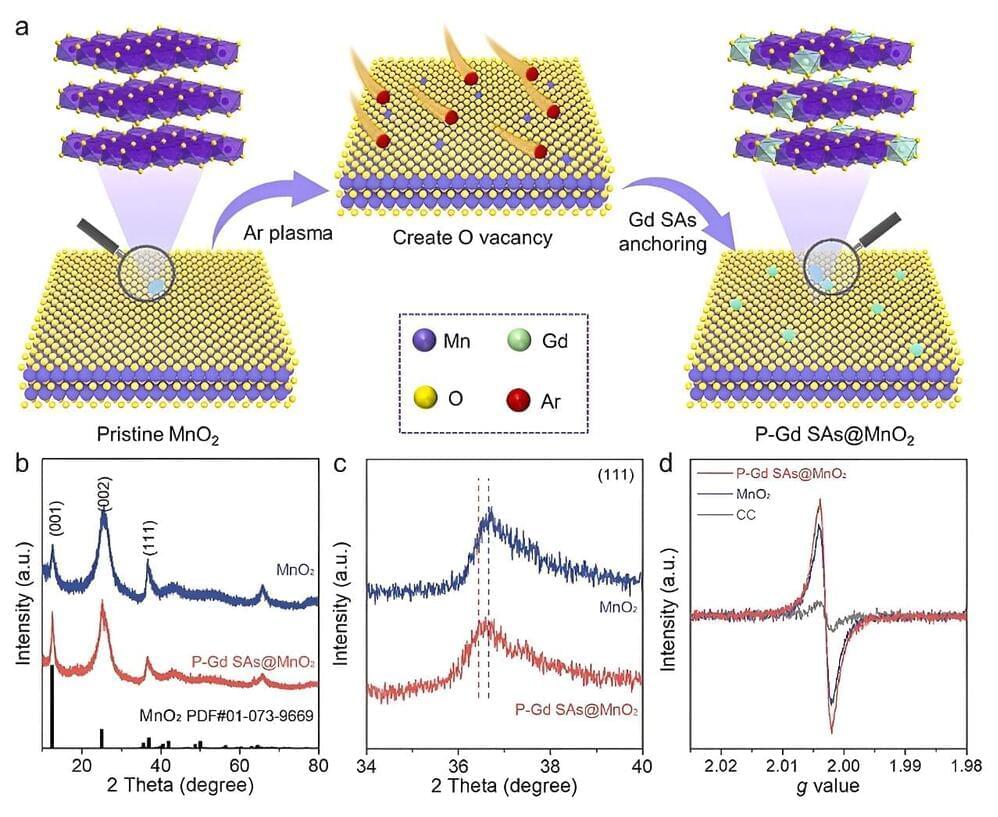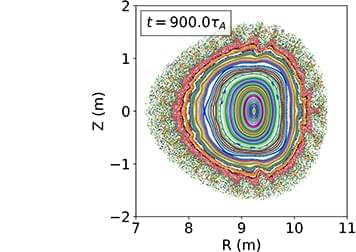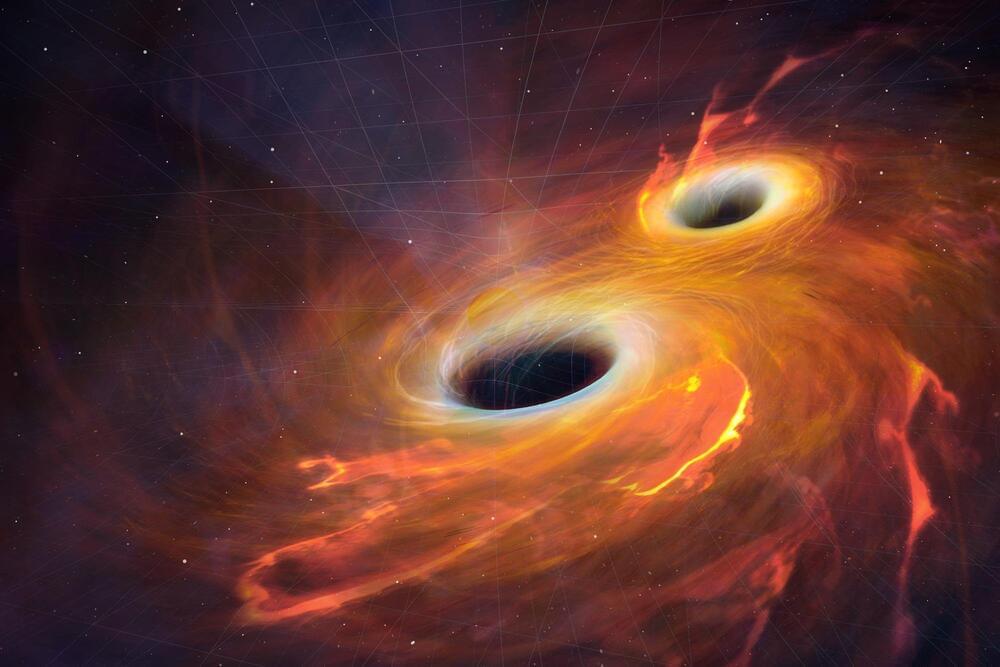Aug 30, 2024
Researchers create entangled quantum magnets with protected quantum excitations
Posted by Shubham Ghosh Roy in categories: particle physics, quantum physics
Quantum magnets are materials that realize a quantum superposition of magnetic states, bringing quantum phenomena from the microscopic to the macroscopic scale. These materials feature exotic quantum excitations–including fractional excitations where electrons behave as if they were split into many parts–that do not exist anywhere outside of this material.
To manipulate how the atoms behaved inside the quantum material the researchers had assembled, they poked each individual atom with a tiny needle. This technique allows for the accurate probing of qubits at the atomic level. The needle, in reality an atomically sharp metal tip, served to excite the atoms’ local magnetic moment, which resulted in topological excitations with enhanced coherence.
“Topological quantum excitations, such as those realized in the topological quantum magnet we now built, can feature substantial protection against decoherence. Ultimately, the protection offered by these exotic excitations can help us overcome some of the most pressing challenges of currently available qubits,” Lado says.
